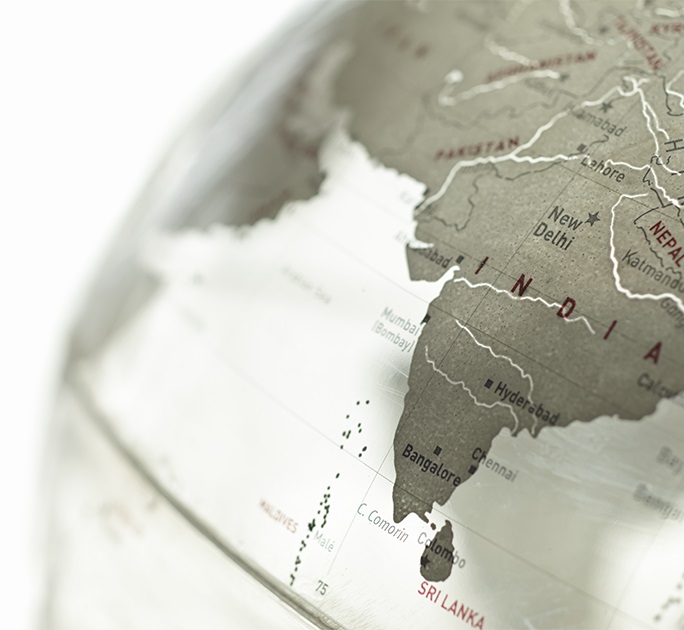- Banking
- Wealth
- NRI Banking
- Customer Services

What is an Inward Remittance for your NRI account?
Reading Time: 3 Minutes
Key Takeaways: If you are planning to send money to your loved ones back in India or to make investments, then you should know all about inward remittances. Here is a look at the RBI rules for inward remittances.
India has a large and successful diaspora and, as a result, receives a significant share of global remittances. You can transfer funds to India from anywhere in the world through a variety of options – through cheques, demand drafts, bank transfers and telegraphic fund transfers.
What is an inward remittance?
Any transfer of funds from overseas to a bank account in India is an inward remittance. You can transfer funds to fulfil financial obligations such as loan payments or investments or to support family members back home or even to make a donation. NRIs usually remit money into an NRE account that allows them to manage their finances in India conveniently.
Two routes for inward remittance1
RBI has specified two different routes for inward remittances - the Rupee Drawing Arrangement (RDA) and the Money Transfer Service Scheme (MTSS). NRIs may use either to transfer money to India, but it is essential to understand which method to use for your particular transfer.
Under RDA, you must transfer funds directly into an Indian bank account. You can remit any amount of money under RDA to meet personal obligations – from paying for family expenses to settling utility bills to funding your NRE account. While there is no limit on transferring money to individuals for personal transactions, RDA puts a cap of INR 15 lakh for trade-related transactions.
MTSS remittances are arranged by professional money transfer services abroad, who co-ordinate with authorised agents in India to disburse the remitted funds to beneficiaries. Under MTSS, you can transfer money to pay for family expenses, but you cannot send money for donation, trade, investments, purchase of property, or to credit to an NRE account. You can transfer a total of USD 2500 per calendar year with a limit of 30 transactions.
Choosing the right route
MTSS may be an option to pay for family expenses, especially where the beneficiary may not have access to a bank account. For most NRIs, transferring to an NRE account under RDA may be the most convenient choice. You can remit money in a foreign currency into an NRE account which can then be used to pay for all your Indian expenses. What's more, whenever you wish, you could transfer the money back to your country of residence without any hassle.
Open an NRE account today and manage your finances in Inda better.
Final Note: Transferring funds to India is not as complicated as it seems. It is simple, prompt and hassle-free if you know the rules governing the remittances.
Open an NRE account with DBS Treasures today and manage your income from abroad better. You can also experience exclusive family privileges and world-class digital banking services. Apply Now!
References: 1












